Ferries to Elba island
37Km Piombino ➜ Cavo
13Km Daily rides Piombino ➜ Elba island
26Km Daily rides Piombino ➜ Portoferraio
26Km Daily rides Piombino ➜ Rio Marina
17Km Daily rides
Ferries from Elba island
13Km Daily rides Portoferraio ➜ Piombino
26Km Daily rides Rio Marina ➜ Pianosa
37Km Rio Marina ➜ Piombino
17Km Daily rides
Inner ferry routes Elba island
10Km Daily rides Portoferraio ➜ Cavo
0Km Daily rides
Elba island
Ferries to Elba from the Italian peninsula connect Piombino, a port city in the province of Livorno in Tuscany, with the three Elba ports: for Portoferraio and Rio Marina both ships and hydrofoils are operational, while for Cavo exclusively fast units that, on this last route, also connect the port of Cavo with that of Portoferraio. The active shipping companies are Moby, Toremar and BluNavy.
To reach the island, you must therefore embark on one of the ships departing from the port of Piombino, precisely from Piazzale Premuda square, at the berths of the Elba jetty (piers 5 and 6), the Aliscafo jetty (pier 7) or the Dente Nord Capitaneria (pier 8).
There are also maritime connections between the port of Rio Marina and Pianosa, another island of the Tuscan archipelago.
The number of daily trips on the maritime lines varies according to the period (low, medium or high season, during which they increase). In addition to information, from this page it is possible to find ferry timetables and prices and make reservations. All the connections to and from Elba are indicated in the table above, with links that refer to the pages of the individual routes, on which it is possible to obtain updated information on the sailing ships, compare the departure and arrival times and the prices, reserve a seat on board, receive your ticket online and after-sales assistance. Tickets can also be purchased directly on this same page using the appropriate form above.
By size, the territory bordering the Piombino Channel, the Tyrrhenian Sea and the Corsica Channel, is on the national podium (on the lowest step), being the third largest island in Italy, as well as the largest in the Tuscan archipelago. We are therefore talking about a very large area, certainly not reducible to the somewhat stereotyped image normally associated with small islands; above all, it offers a great deal to the visitor: not only sea and beaches (among which we include the sandy ones of Biodola, Spartaia, Cotoncello, Fetovaia, Cavoli, Marina di Campo, Lacona, and there are many others, over 100! ), but also mountains, spa, culture and gastronomy. In short, a tourist destination able to offer (almost) everything to everyone: solitary travellers, young couples, families with children in tow, lovers of trekking, mountain biking, windsurfing and others, will not be disappointed.
Divided into seven municipalities (Portoferraio, Campo nell'Elba, Capoliveri, Porto Azzurro, Rio, Marciana and Marciana Marina), the island, inhabited overall by almost 32,000 people, has a coastal perimeter of 147 kilometers and an area of 223 square kilometers. The name derives from the Latin Ilva, probably referring to the Ligurian tribe of the Ilvates.
The name of Portoferraio, the old city, whose port is the main one, located on the north-east side, derives from the iron trade, for which it was already used in Etruscan and Roman times. The island, which was called by the ancient Greeks Aithàle, or soot, is in fact rich in deposits of hematite, which, now in disuse, currently constitute the main attraction of the Mining Park, which also includes the Museum of Minerals and mining and the Archaeological Museum of the Mining District.
Once disembarked, the historic center is accessed through the Porta di Mare, an entrance to the sixteenth-century fortification complex known as Cosmopoli, built by Cosimo I de' Medici to defend against pirates and enemies, which also includes the Torre della Linguella, located in a part of the dock, near a Roman Villa, which has become an archaeological area. Even the area of the Roman Villa delle Grotte, on a promontory not far away, in the locality of Le Grotte, is an archaeological area.
In 1802 Elba was officially added to the French Empire and in 1814 it became the place of exile of Napoleon Bonaparte, who ruled the island for 10 months. His residences, Villa dei Mulini and Villa San Martino, have been transformed into the Museums of the Napoleonic Residence.
The highest peak in the area is that of Monte Capanne with its 1019 meters; during the summer it is possible to go almost to the top with the cable car. On its slopes, in the locality of Le Macinelle, there is a caprile and two stone huts used, in 1900, for the production of cheese. At 327 meters above sea level, near the village of San Piero in Campo, there are four Neolithic megaliths. A visit to the Sanctuary of Monserrato requires a climb to Monte Castello, about 200 meters high; nearby there is also the Mill of Moncione. On the slopes of Monte Perone, 630 meters high, there is the village of Sant'Ilario in Campo, characterized by the paved road and stone portals and cornices of the windows (granodiorite).
Are you planning your trip? Find out which are the 11 things to do and see on Elba!
Latest articles from the blog
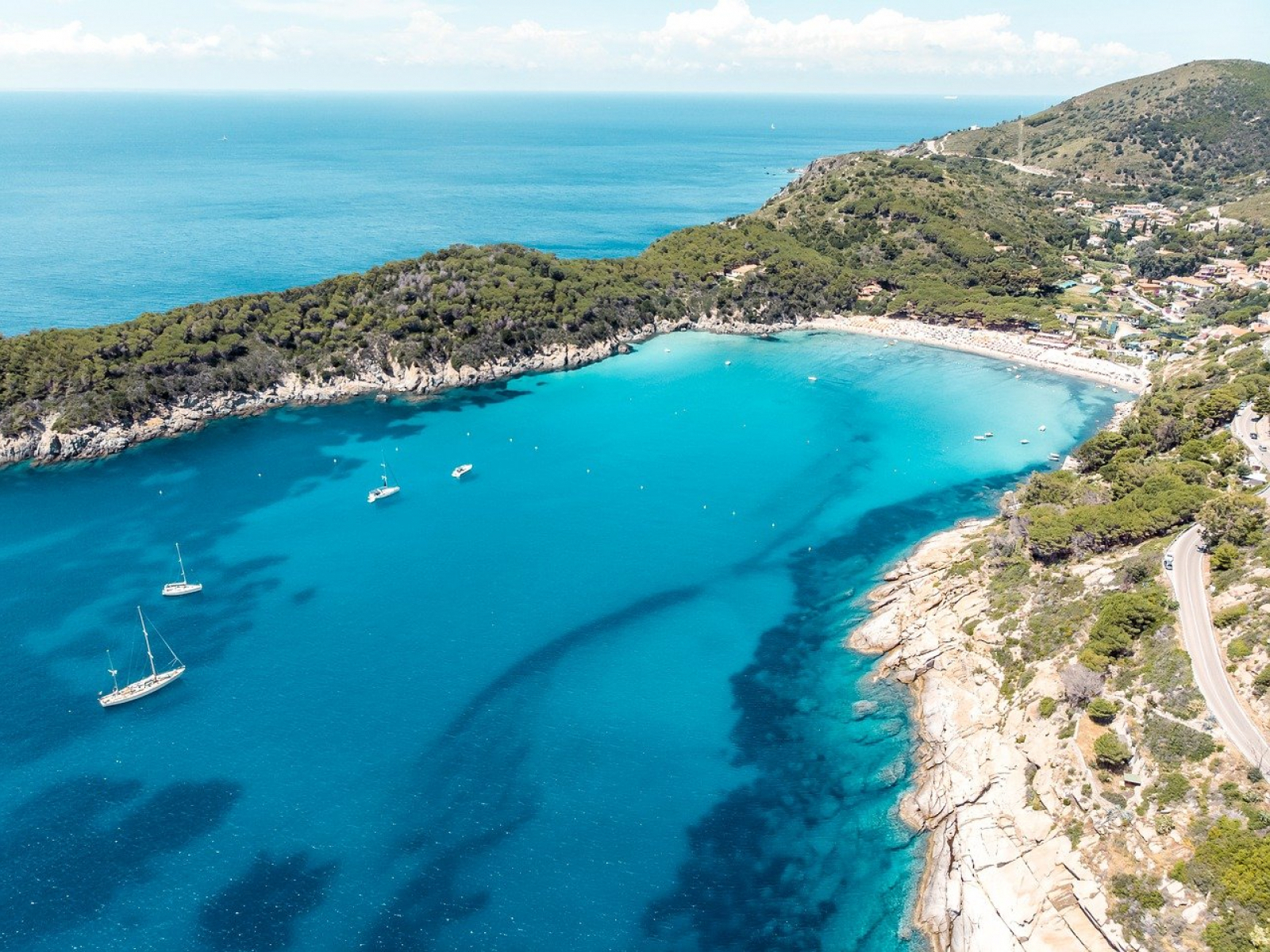
How to reach the island of Elba
All traditional and alternative ways to get to Elba from the mainland and the islands.
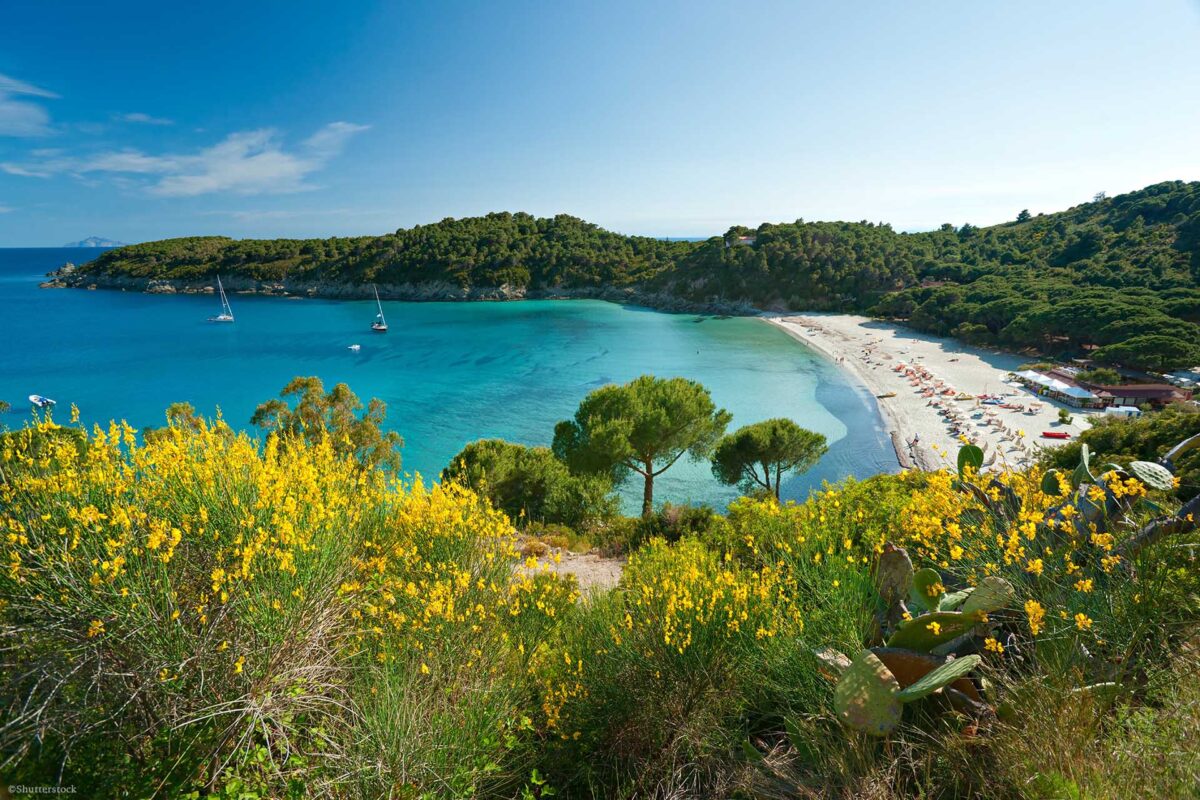
Elba: the 86 beaches (21 of sand) of the island that can be reached from land
On the island of Elba there are many beaches of sand, gravel or pebbles, all listed below (accessible by land).
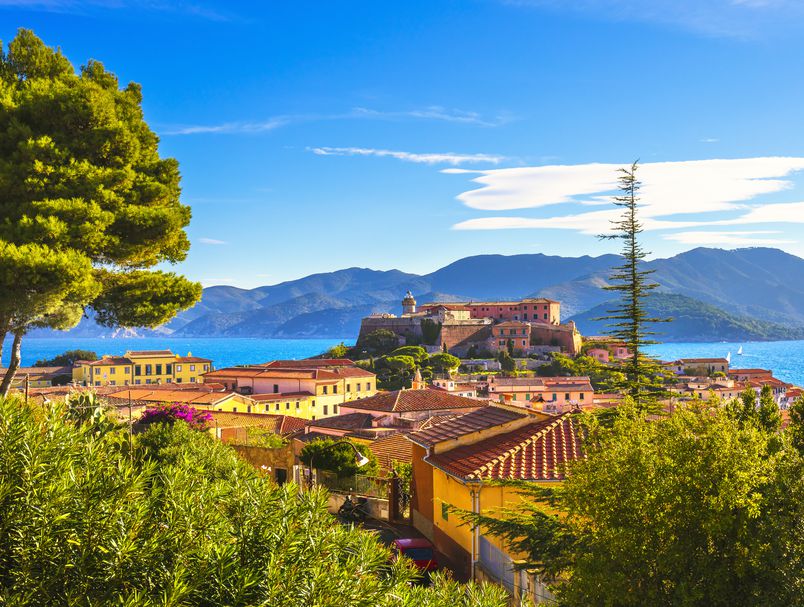
10 things to do on the island of Elba
There are not only beaches on Elba, but also a spa, mountains and many places of historical and archaeological interest. Let's see together what to do on the island.
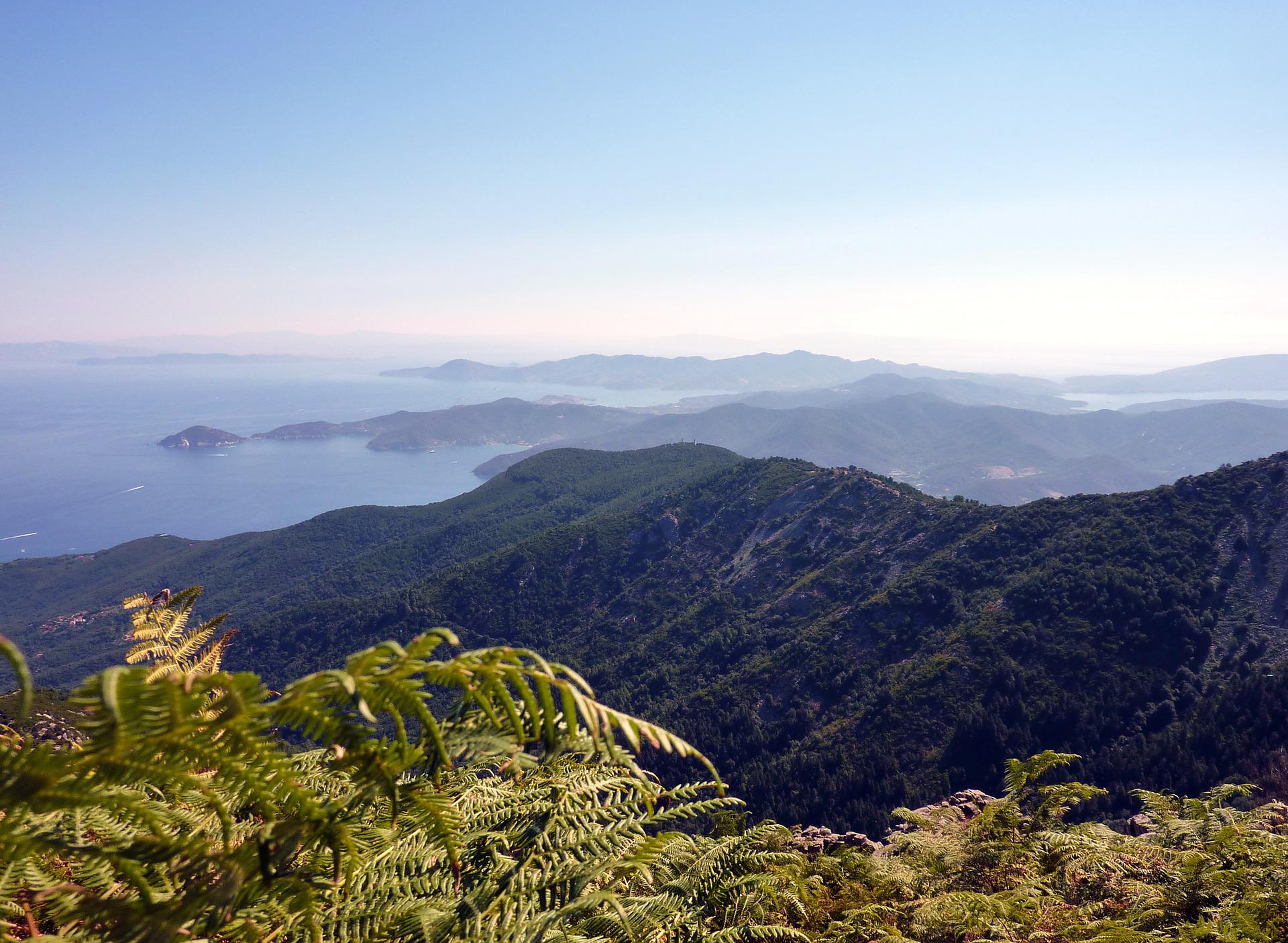
Tuscan Archipelago: the islands that can be visited by ferry
Six of the seven major islands of the Tuscan Archipelago are served by scheduled ferries. Let's see which they are and how to reach them.
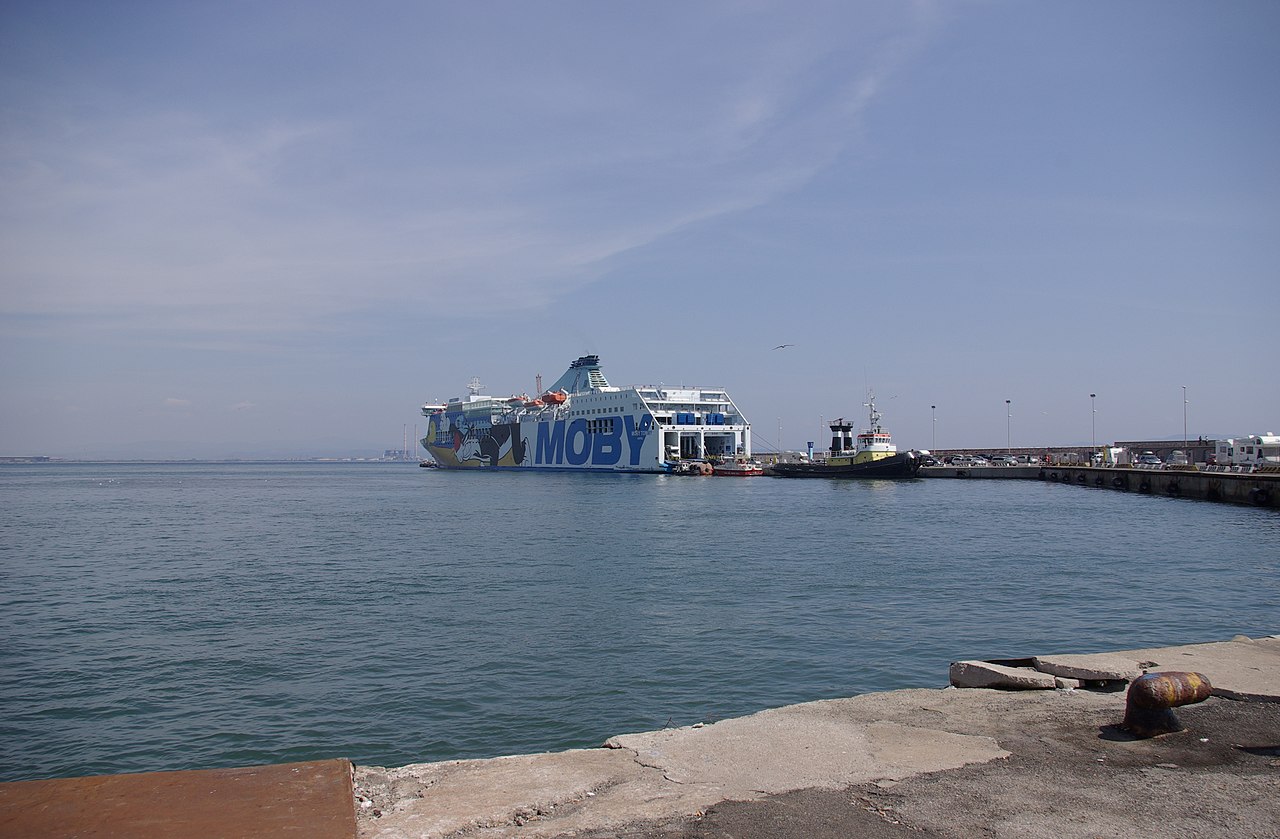
Where to take the ferry to the island of Elba
Taking a ferry or hydrofoil to Elba is not difficult when you have the right information on where and how to board.
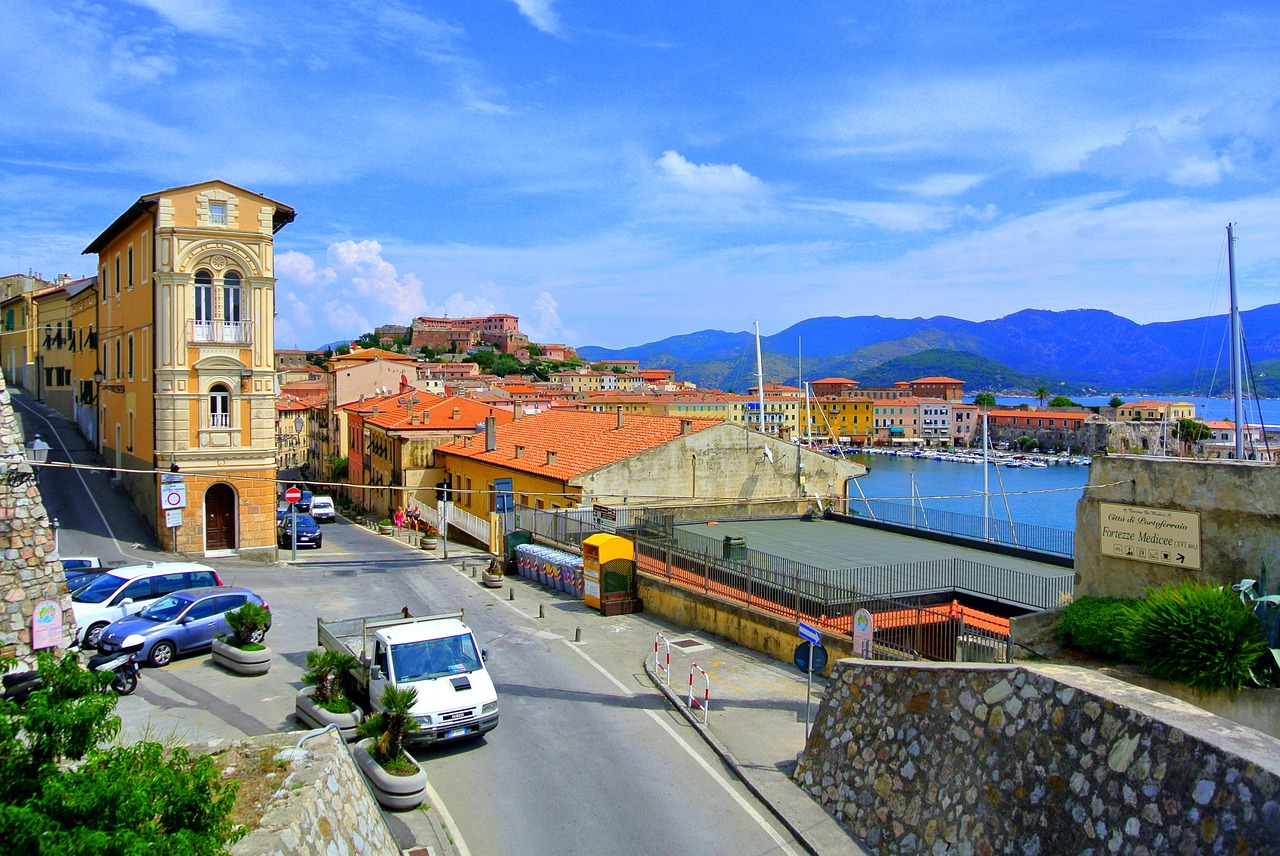
How to get around on the island of Elba without a car
It is not a problem to get to Elba without a car; the public service is indeed very efficient. There are also taxis and rental agencies.


